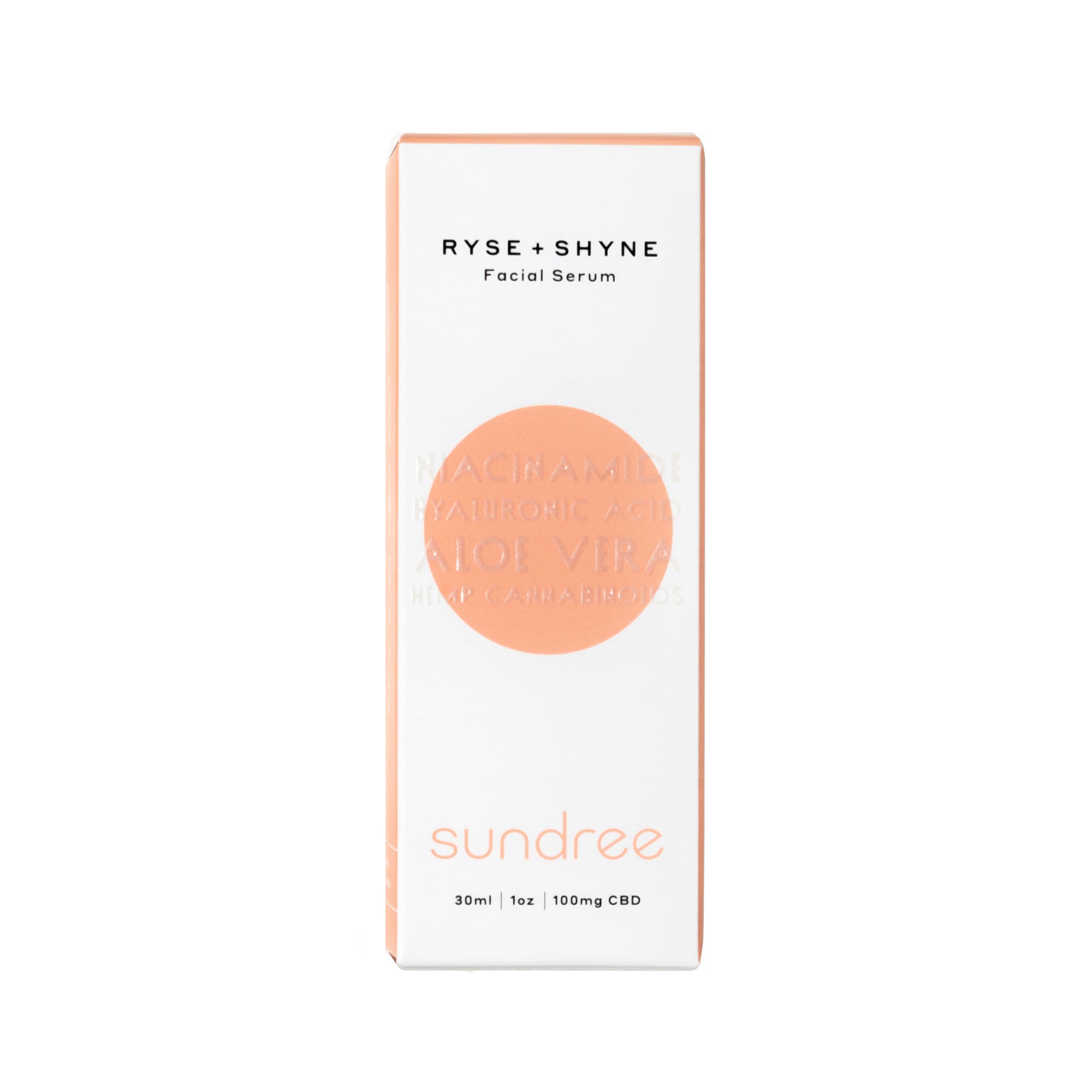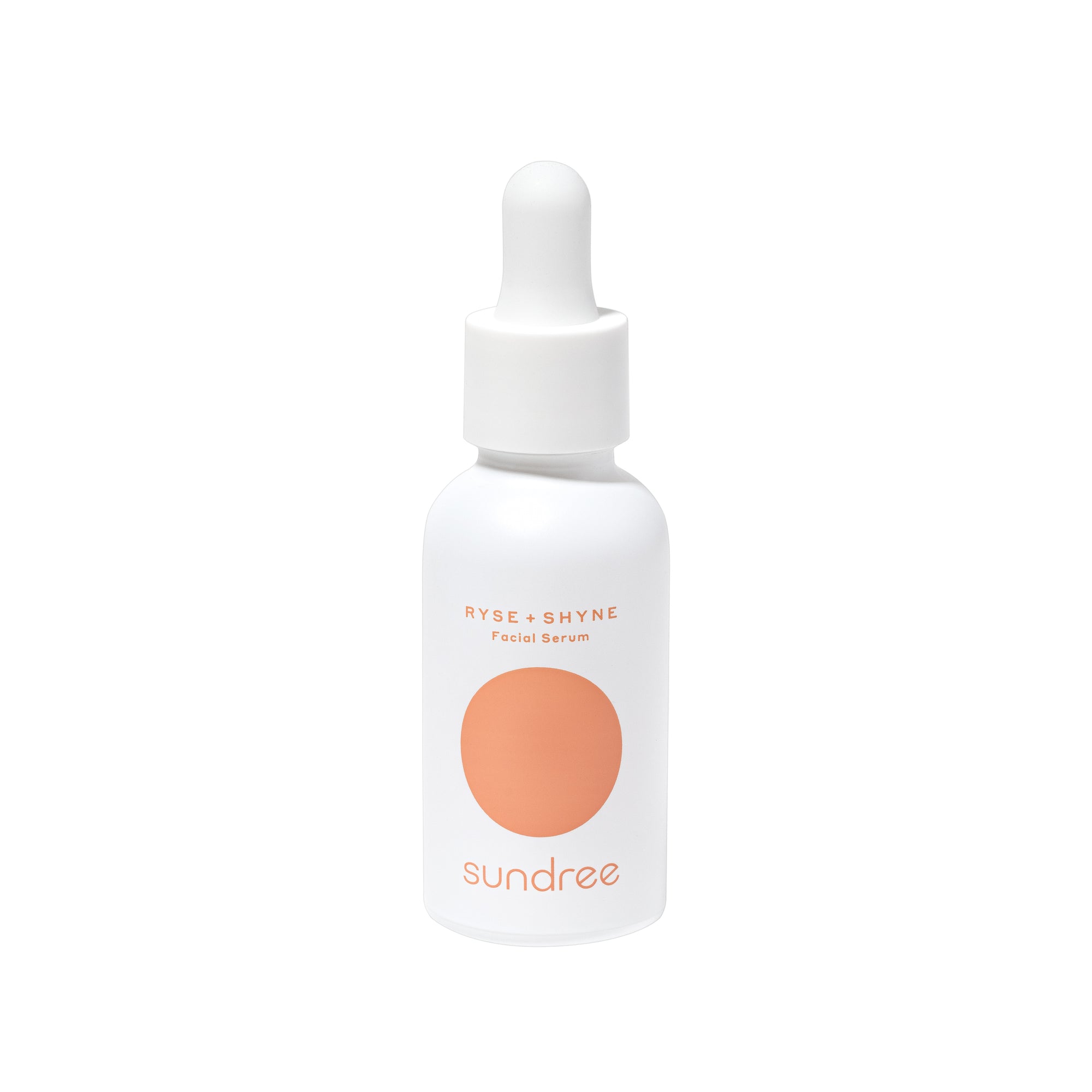Have you ever noticed tiny bumps under your eyes? These little bumps or cysts most commonly appear under the surface of the skin of babies and are also addressed as “milk spots”. However, adults are also prone to getting these white bumps under their eyes. The proper term used for these bumps is milia.
Milia aren’t harmful to the skin and usually don’t cause pain or discomfort. Instead, they are more of a cosmetic concern. Milia typically disappear on their own, but there are various skincare tips and in-clinic treatment options to treat and prevent milia. Keep on reading to learn more about milia and ways to get rid of it!
What Are Milia?
Milia are characterized by small cysts that appear under the skin. They can also be yellowish. Although some may confuse milia with whiteheads or pimples which are filled with pus, they are not caused by clogged pores. Milia are pretty common in newborn babies and older children. Adults also sometimes develop milia under their eyes, forehead, and cheeks. However, they can pop up anywhere on the body.
Milia aren’t considered as a cause for concern. When milia show up close to the eyes, you may need the expertise of a dermatologist to help get rid of them without any complications. However, if they appear a safe distance from your eyes, you can opt to get them treated through in-office procedures from a doctor or choose from an at-home remedy.
Why Do Milia Occur?
Milia, dome-shaped yellowish or white bumps, are formed due to the accumulation of keratin, a type of protein present in the body, located beneath the skin. This particular kind of protein is necessary for maintaining the structure of the skin, nails, and hair. As we know, our skin cells die and shed constantly. As the skin cells, made up of keratin, die, they collect in the pores or base of the hair follicles. Keratin from these cells gets trapped in the pores, resulting in the formation of tiny bumps or cysts. These milk spots or oil seeds mainly occur in clusters. They don’t get infected or inflamed in most cases. Although the exact reason behind the manifestation of milia isn’t known, some of the factors known to pave the way to their appearance include:
- Sun damage
- Genetics
- Medications (steroids)
- Improper skincare
- Comedogenic skincare products¹
- An autoimmune condition
- Inflammatory skin conditions
Professional Treatments to Get Rid of Milia under the Eyes
Milia can go away on their own. Facialist Michaella Bolder says, “Depending how deep the milia lay, they can naturally come to the surface of the skin after a few weeks or months.”² However, this isn’t always the case. Here are some professional treatment options that your dermatologist can perform in-office to help get rid of milia:
- Extraction - In this procedure, a dermatologist uses a tiny needle or scalpel to open the pore by removing part of the skin over the bump. After the pore is open, it is easier for the dermatologist to draw out keratin deposits lying in the pores. After extraction, you’ll have to take preemptive measures to prevent milia from appearing again. Remember that trying this delicate procedure at home can damage your skin or cause infection.
- Laser Ablation - This treatment also resembles extraction, except that a hand-held laser device is used to open the pores to eliminate milium from the sensitive skin under the eyes and other parts of the face. Laser ablation, also known as photoablation, is the clinical procedure during which a material is removed from the skin's surface by emitting a laser beam. The tiny laser targets and focuses on the problems area only and opens the pores.
- Cryotherapy - In some cases of milia, a dermatologist may decide to go with this clinical procedure to remove the cysts. The procedure requires a thorough assessment of your skin’s condition and needs by a professional because cryotherapy may lead to scarring, discomfort, or color changes in the sensitive skin under the eyes.³ This treatment involves the general or local use of low temperatures to treat various skin problems. Cryotherapy or cold therapy works on milia by irradiating the skin to liquid nitrogen, which freezes the cysts or bumps under the eyes and helps to destroy them.
- Chemical Peels - Chemical peels are also among the commonly used in-office skin treatments, in which chemical agents are applied to the affected areas to remove milia under the eyes. Some of the chemical peels used for this purpose include glycolic acids peels, salicylic acid peels, and lactic acid peels. Since the delicate skin under the eyes requires extra care, it’s best not to use these ingredients to treat milia at home or consult your dermatologist before using them.
- Deroofing - Deroofing is one of the most widely used in-clinic cosmetic procedures to treat milia under the eyes and other face areas. During deroofing, your dermatologist will use a little sterilized needle and insert it into the bumps or cysts under the eyes to remove the small flap of the skin. Removing the skin from the problem area allows the dermatologist to pick out or squeeze out the contents of the milia, which is keratin buildup trapped inside the pores.
- Diathermy - This common practice also targets removing white or yellowish cysts under the eyes. The procedure involves producing a high amount of heat by using an electric device that yields a high-frequency electric current. The current destroys the tiny bumps under the eye and makes the skin texture even and smooth. This is an effective and safe clinical treatment that helps to treat milia and other skin issues.
Home Remedies to Treat and Prevent Milia under the Eyes
Now that you’re familiar with the clinical procedure to choose from for getting rid of milia under the eyes, here are some helpful home remedies and tips that can help to treat and prevent milia:
- Cleanse and Exfoliate - Since milia or white bumps under the eyes appear due to the storage of excess keratin that accumulates into the pores, removing dead skin cells regularly can help treat and prevent the problem. The best way to do the job is by following your cleansing and exfoliating skincare routine consistently. Cleanse your face every day (preferably, every morning and night) with a gentle cleanser and slough away dead skin at least once or twice a week to remove trapped keratin from the hair follicles.
-
Use the Right Eye Care Products - It’s essential to keep your under-eye area amply moisturized and nourished to facilitate a radiant and healthy complexion. Using the right eye care products help to renew and repair skin cells, reducing the probability of developing milia. Do some digging and opt for an eye cream that contains gentle nourishing and exfoliating ingredients which don’t clog the pores. Avoid using heavy, oil-based, and comedogenic products. We love using Sundree's PEPT EYES bio-cellulose eye masks! This under-eye masks are filled with anti-aging copper peptides, white-tea extract and cucumber to help firm, brighten and hydrate the delicate under-eye area.

- Don’t Pick or Poke Milia - It may seem insignificant, but resisting the urge to pick or poke tiny bumps under your eyes can prevent them from getting worse and help them disappear over time without any skin damage. Poking milia can aggravate the skin and lead to irritation, scarring, and infection, damaging the sensitive under-eye area and leaving dark spots.
- Use Manuka Honey - Manuka honey is well-known for its anti-inflammatory, moisturizing, and anti-microbial benefits in the skincare industry. Milia can form due to the accumulation of dry skin, making small hard bumps under the eyes. Using it on bumps under the eyes can help to soften the milia and prevent infection or inflammation. You can prepare a DIY facial mask using manuka honey and slather it on the affected area or the entire face.
- Use Retinol Products - Topical products containing retinol work by accelerating the cell turnover rate, which speeds up the removal of dead and dry skin from the pores. Retinol unclogs pores or hair follicles, removing dead skin or keratin and other impurities from the skin. Hence, using retinol can treat current milia under your eyes and prevent them from forming in the future.
Final Thoughts
Milia are merely an accumulation of keratin, the same protein that makes up our hair, skin, and nails. Milia aren’t considered a serious skin issue. However, they can result in an uneven and discolored appearance. Luckily there are some skincare tips and procedures that can help get rid of milia and stop them from showing up in the future. Sticking to a regular skincare routine can reduce and prevent milia. Certain in-clinic procedures can also aid in treating them.
Citations:
- Newton, A.A.. (2019). ‘Here’s How to Tell if Your Skin-Care Products Are Actually Noncomeodogenic’, Self, Accessed March 15, 2022. Available at: https://www.self.com/story/noncomedogenic-skin-care#:~:text=%E2%80%9CIt's%20basically%20a%20clogged%20pore,likely%20to%20clog%20your%20pores
- March, Bridget. (2021). ‘#SkinSchool: Milia causes and treatment options’, HarpersBazaar. Accessed March 17, 2022. Available at: https://www.harpersbazaar.com/uk/beauty/skincare/a18542004/milia-causes-and-treatments/
- Villines, Zawn. (2017). ‘What are the benefits of cryotherapy?’, MedicalNewsToday, Accessed March 17, 2022. Available at: https://www.medicalnewstoday.com/articles/319740













